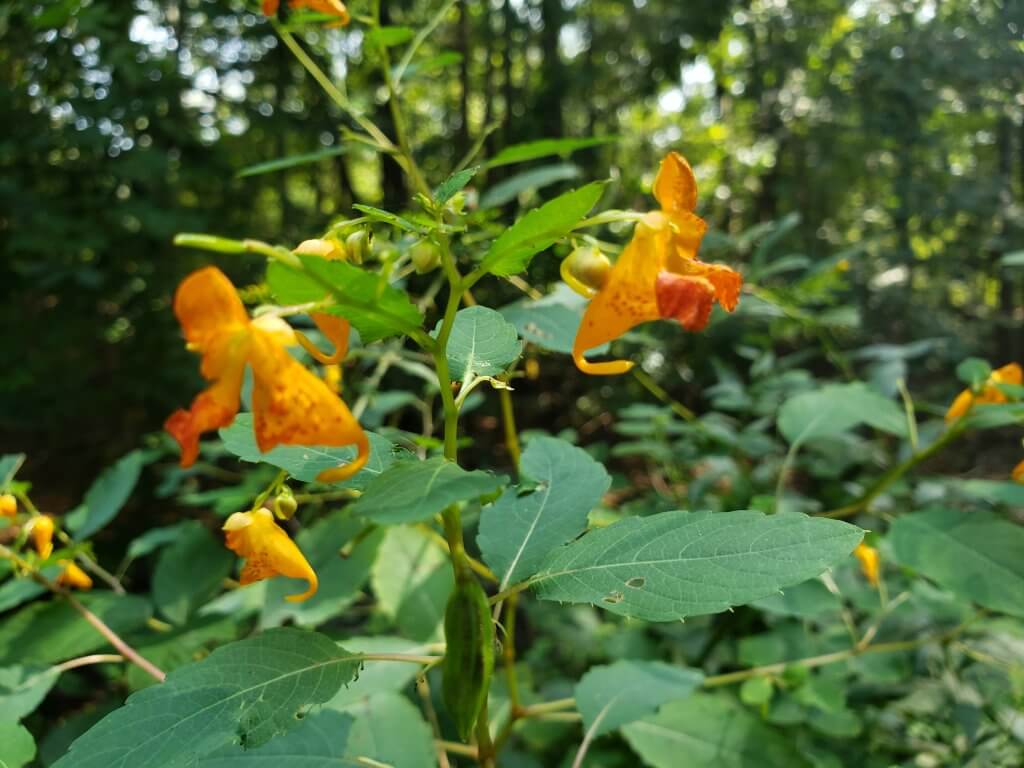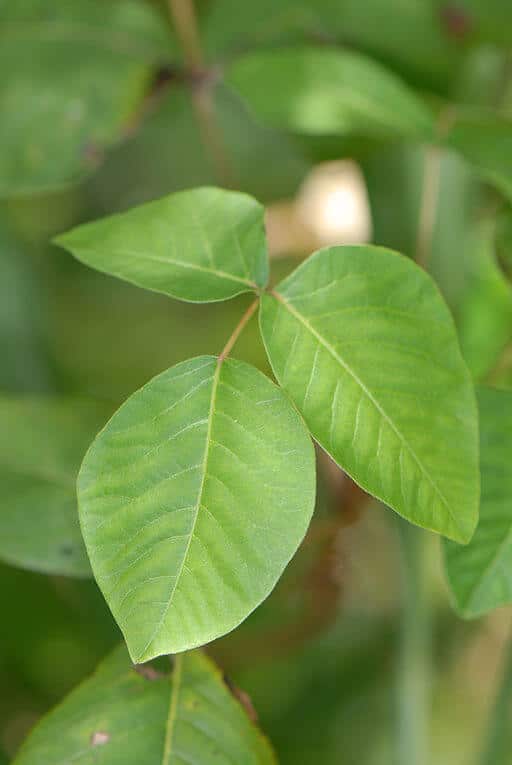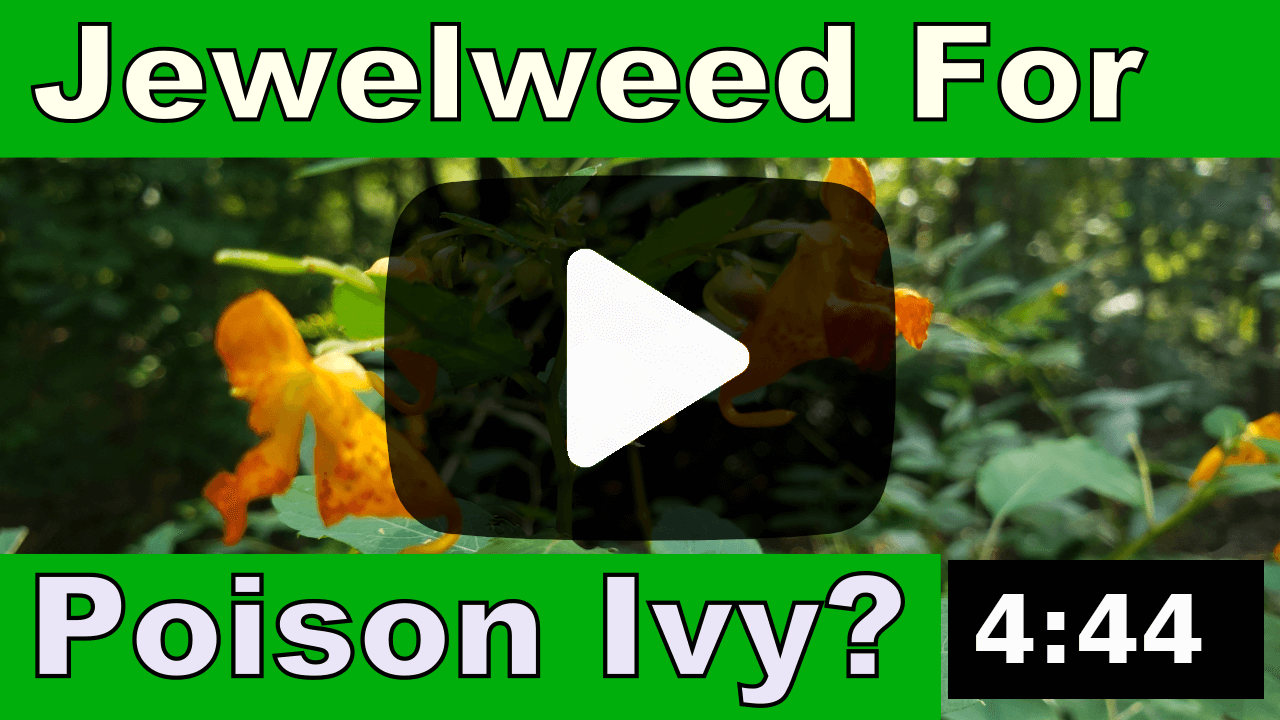Jewelweed (Impatiens capensis) is a plant native to the northeastern and midwestern US. It has a long history of use medicinally by multiple Native American tribes. Its primary use medicinally is for an external application to rashes, particularly poison ivy. Poison ivy ( Toxicodendron radicans) often grows side by side with jewelweed. There are only a couple of recent studies that have been done to determine whether jewelweed actually helps or whether it is just the placebo effect or similar phenomena. This article will reference these studies to see what they actually show.
Identification of Jewelweed
This video goes into identification of Jewelweed
The 2 Most Recent Studies

There are 2 suspected compounds in jewelweed that have been claimed to be the rash reducing ingredient, lawsone and saponins. The 2 studies linked to in this article each look at one of these suspects. Another important point is that both of these studies look at whether jewelweed can reduce the rash when applied before the rash has formed not after. There may also be some positive effect of jewelweed in reducing the rash even after it has developed but this has not been looked at in either study.
The first study was published in the Journal of Ethnopharmacology in 2012. It used jewelweed mash and jewelweed extracts containing lawsone in the study. It also used soaps made from jewelweed as well as jewelweed free soaps. CLICK HERE to see the summary of this study.
The second study was published in the Journal of Ethnopharmacology in 2015. It used jewelweed mash and jewelweed extracts containing saponins in the study. It also used soaps made from jewelweed as well as jewelweed free soaps. CLICK HERE to see the summary of this study.
Summary of Results (Does Jewelweed Really Work?)
The results of the first study which focused on lawsone showed that Jewelweed mash did have a positive effect in reducing poison ivy rash compared to the control. Although It also showed that the jewelweed extract containing lawsone was not effective in treating the poison ivy rash. The conclusion that was reached is that there is something in the jewelweed that does help to reduce the rash but it is not lawsone. The most effective substances used were the soaps. Both the soap containing jewelweed and the jewelweed free soap were equally effective.
The results of the second study which focused on saponins showed that the jewelweed extract which contained saponins was somewhat effective in treating the poison ivy rash. The conclusion that was reached is that the saponins in the jewelweed are likely the substance that helps to reduce the rash. The most effective substances used were the soaps in this study as well. Both the soap containing jewelweed and the jewelweed-free soap were equally effective.
Conclusion

It makes sense that saponins would be the compound that helps to reduce poison ivy rash when used in place of regular soap since saponins are often described as soap-like. If saponins are truly the primary compounds that help to reduce poison ivy rash then that tells us a lot about what the best method would be to reduce poison ivy. The goal is to remove the urushiol oil. There isn’t any evidence that saponins are treating your skin in such a way that it has a subdued reaction to poison ivy. On the contrary it is likely removing the poison ivy oil(urushiol) from contact with your skin. The best method to reduce rash would be to use the jewelweed mash as a soap shortly after exposure to poison ivy. This means you should apply it then rinse it off, multiple times, each time hopefully also rinsing off urushiol oil with it.
It is not certain that jewelweed doesn’t have other properties that may improve rash or skin conditions after they have developed. There aren’t any studies out there now(that we know of) showing that it has this ability. There should definitely be more studies done on this plant and many other plants that are popularly claimed to be medicinal.
So if you get into contact with poison ivy your first line of defense should be multiple washes of soap and water as close to the time of exposure as possible. If this option is not available to you then jewelweed mash can successfully be used instead of the soap with decent results.
Many of our readers find that subscribing to Eat The Planet is the best way to make sure they don't miss any of our valuable information about wild edibles.
See our privacy policy for more information about ads on this site








4 Responses
You are misusing the word ‘weather’ in this article, where you clearly intended by usage to use the word ‘whether.’
Thanks, I went through and fixed it. Its appreciated. You’d think after over 100 articles my grammar would be better.
YEAH I GOT THESE SASAFRASETREES EVERYWHERE.
* trees